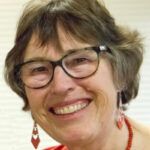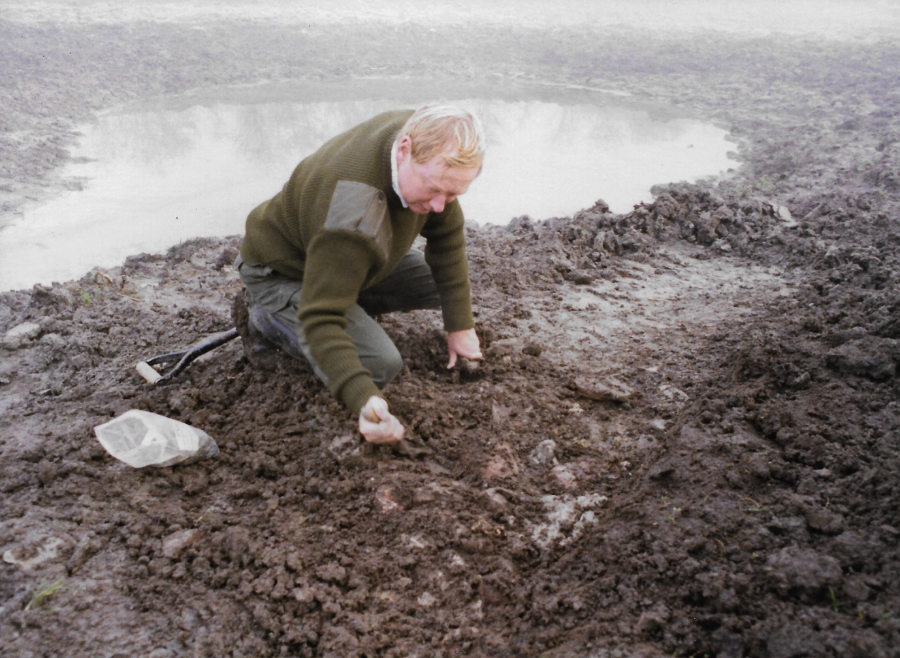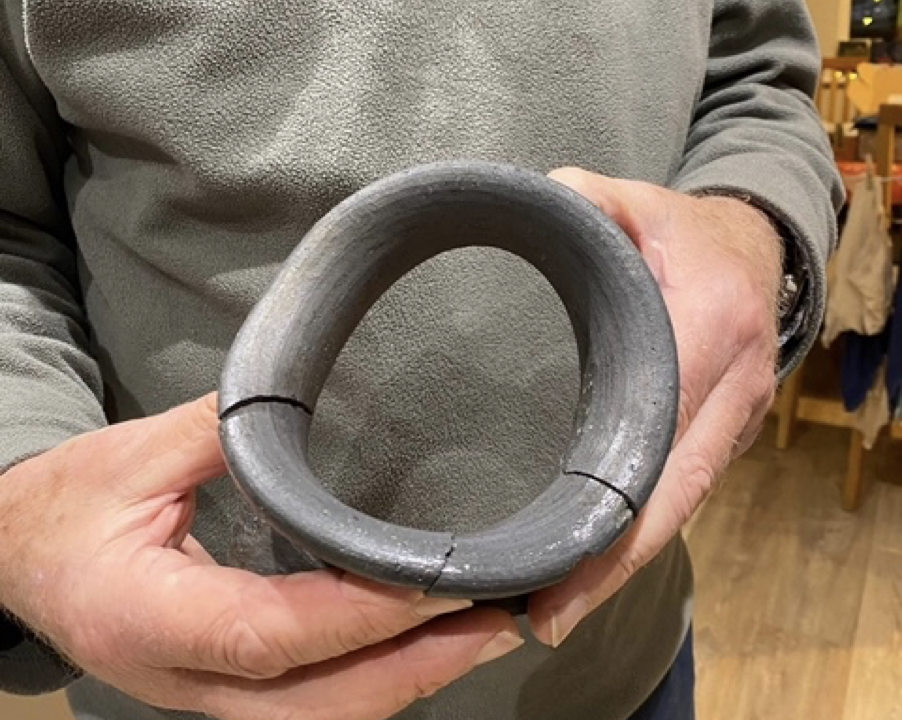A Small Field with a Big Secret
- 22 March 2022
-
 Faith Moulin
Faith Moulin - Strawberry Line
Milepost 31
You may not have heard of Milepost 31, a small field off the Strawberry Line at Yatton which is now part of Biddle Street Site of Special Scientific Interest (SSSI). Its history and ownership is, to most people, a secret. Woodspring District Council – the forerunner of North Somerset Council – purchased the British Rail land that had comprised the Cheddar Valley Railway Line and, as well as buying the trackbed itself, became the owner of various little parcels of land along the line. Land at Milepost 31 was one of those forgotten areas.
When Tony and I found this out in 1999, the Friends of Biddle Street SSSI (forerunner to YACWAG) were already managing the nature interest on the Local Nature Reserve in a three-way agreement between ourselves, North Somerset Council and English Nature (now Natural England). We thought we would ask the council if we could manage this small field next to Gangwall, as local farmers were just taking advantage of free grazing and we thought, as it was owned by the council, it would be better for wildlife if we managed it.
Biddle Street Site of Special Scientific Interest (SSSI) is a nationally important wetland site which forms a triangle bounded by the River Yeo, the mainline railway and the Cheddar Valley Railway Walk (now known as the Strawberry Line). The Land at Milepost 31, even though the milepost is long gone, retained its name because in railway terms it is situated 31 miles from the end of the line at Witham (note: the railway line from Yatton to Cheddar continued on through other stations including Wookey, Wells, and Shepton Mallet before reaching Witham station which served the Somerset village of Witham Friary). It is a strange triangular shape as a larger field was bisected by the railway. The part on the other side of the line was used as a ‘borrow pit’ and consists mainly of a large deep pond with straight sides. Nature has reclaimed this area, largely with blackthorn which makes it impenetrable, but we know it is an important breeding site for toads.
Once we had the go-ahead, YACWAG obtained grants from Wessex Water and English Nature and engaged a contractor to open a ditch that was visible on the old maps, and to create a small pond. Because of its proximity to Gangwall the North Somerset archaeologist was informed, but the weather turned very wet and the excavated mud became liquid clay so there was little hope of looking for archaeology.
Several weeks later when it had dried out, Stephen Parker of English Nature came to look at the work that had been carried out. He stooped to pick up some grey fragments of pottery. ‘These look old,’ he said. By a lucky coincidence Jane Allwood of the North Somerset Museum Service was speaking at Congresbury that evening about the Romans in this area. Samples of Congresbury ware from the Venus Street kilns were on display and exactly matched those found at Milepost 31.
As the clay dried out, more and more pottery fragments were revealed, of all different colours, as they originated from various commercial Roman potteries all over Southern England and even some from the Continent. The vegetation was growing now, and English Nature said that once plants had grown up it should not be disturbed. For a week or two Tony and I collected up the bits that protruded from the clay when we noticed them on our evening walks. I rang Dick Broomhead, a local archaeologist who had an interest in the Roman period, and said we had found Roman sherds. ‘How much pottery have you got then?’ he said, sounding rather disinterested. ‘About 50 pieces,’ I said. His tone changed, ‘Fifty pieces! That sounds like an occupation site. I’ll come and have a look tomorrow!’

In partnership with Yatton Local History Society, YACWAG was able to raise a grant to pay for a full archaeological survey and Dick Broomhead’s investigation found twelve Roman coins, a brooch pin, more pottery including Samian ware and the corner of a building. Nothing is visible on the ground now and nature has re-colonised the site, with the plants explaining something of the site’s more recent history. Bristle club-rush was a new record for the SSSI which would not have come up in the uniform field of grass we disturbed. This winter, twenty-two years later, we engaged a contractor to restore the ditch and pond. We are waiting to see what botanical secrets will reveal themselves this time.
Meanwhile, on the other side of Gangwall, ditch work turned up a few more broken treasures this winter, including the rim of a large pot in two pieces.

Our local fields hold secrets of all kinds. They might be grazed constantly and rarely allowed to show their full potential, but a seed bank does often prevail. Poaching by livestock at the ditch edges will expose seeds for germination and, if cattle don’t get there first, we might see plants we haven’t expected to see. This is one reason why YACWAG’s fields are not grazed early in the year.
We have learned, however, that land management is not an exact science. In many instances nature takes its opportunities in an inconsistent way. Sometimes we might clear a patch of bramble and find beautiful wild flowers waiting to bloom. Sometimes similar work will only make the bramble try harder. YACWAG has, however, had some spectacular results from letting nature take it easy and I am going to share some of these in my next blogs.
© Copyright YACWAG, or original authors. All rights reserved. | Registered charity 1076362 | Privacy policy | Cookie policy | Terms & Conditions |Web design: StanfordGraphics


